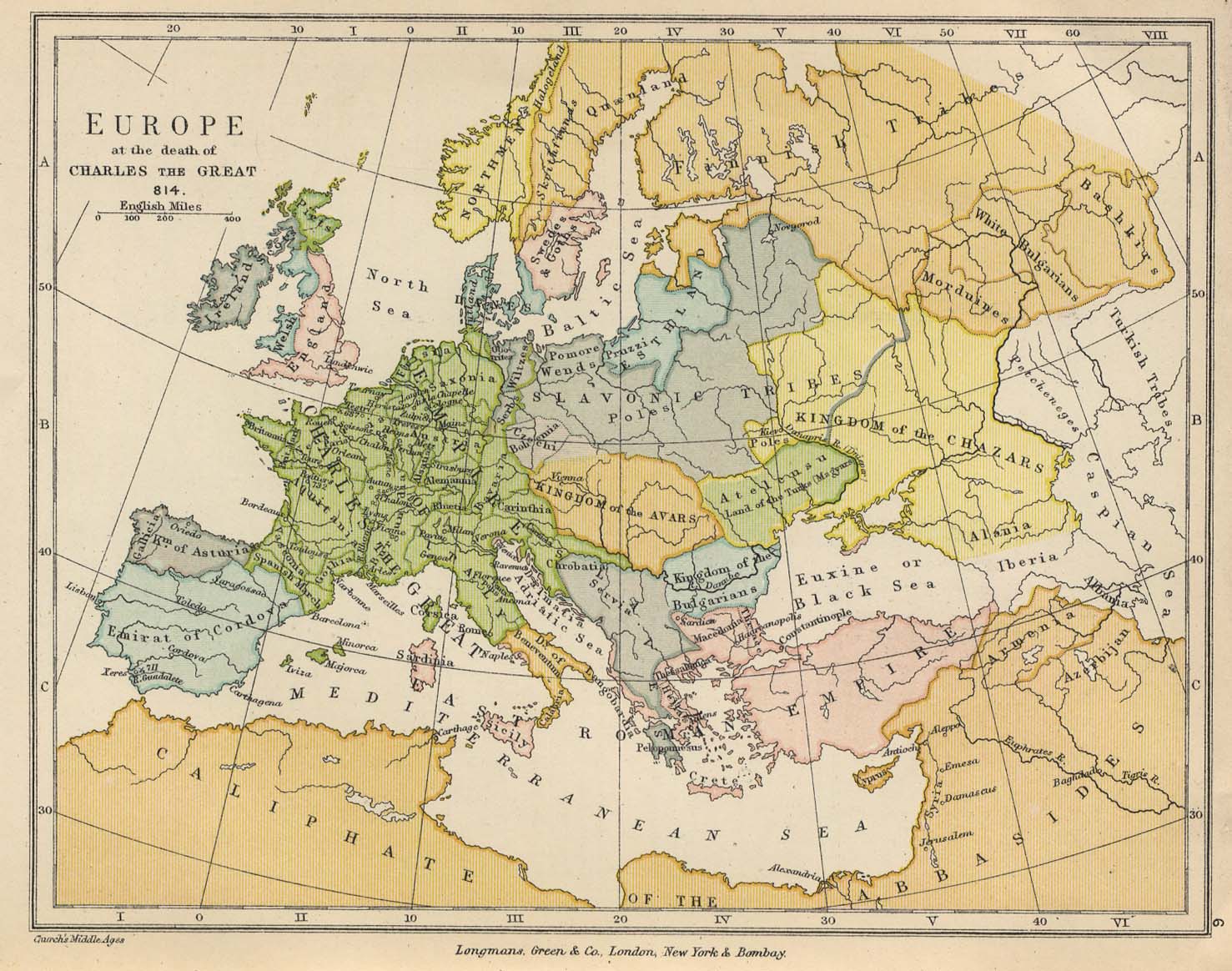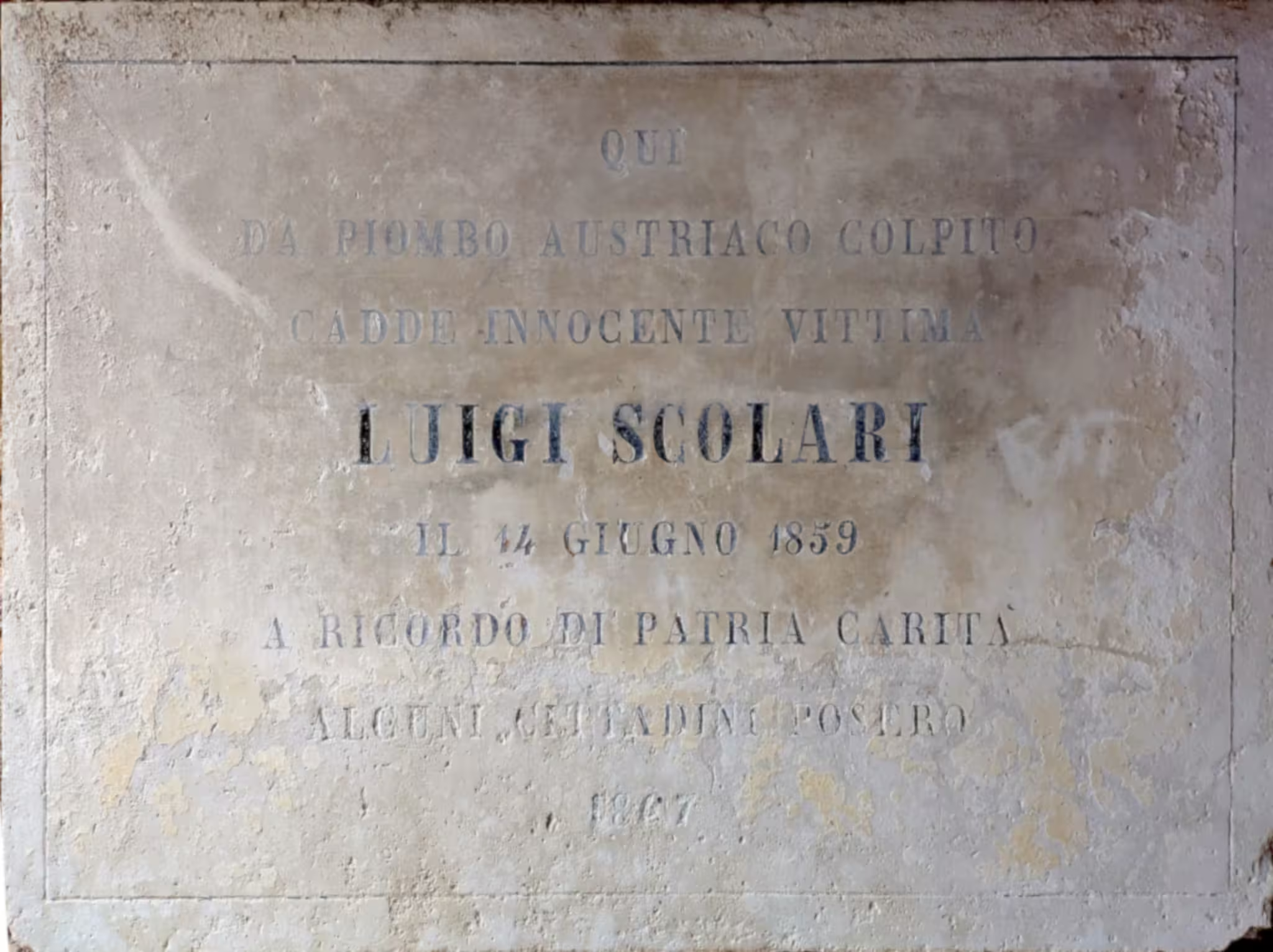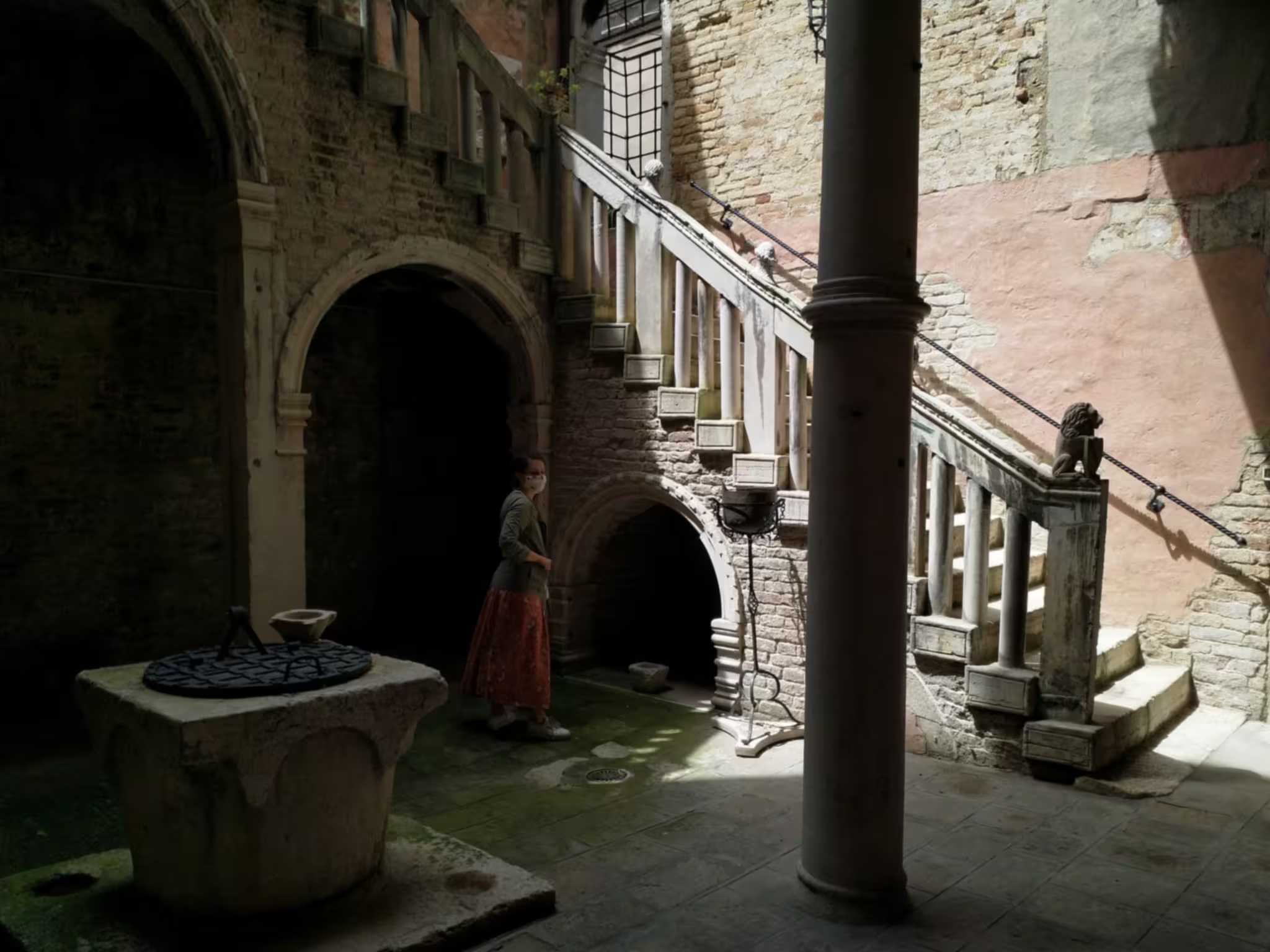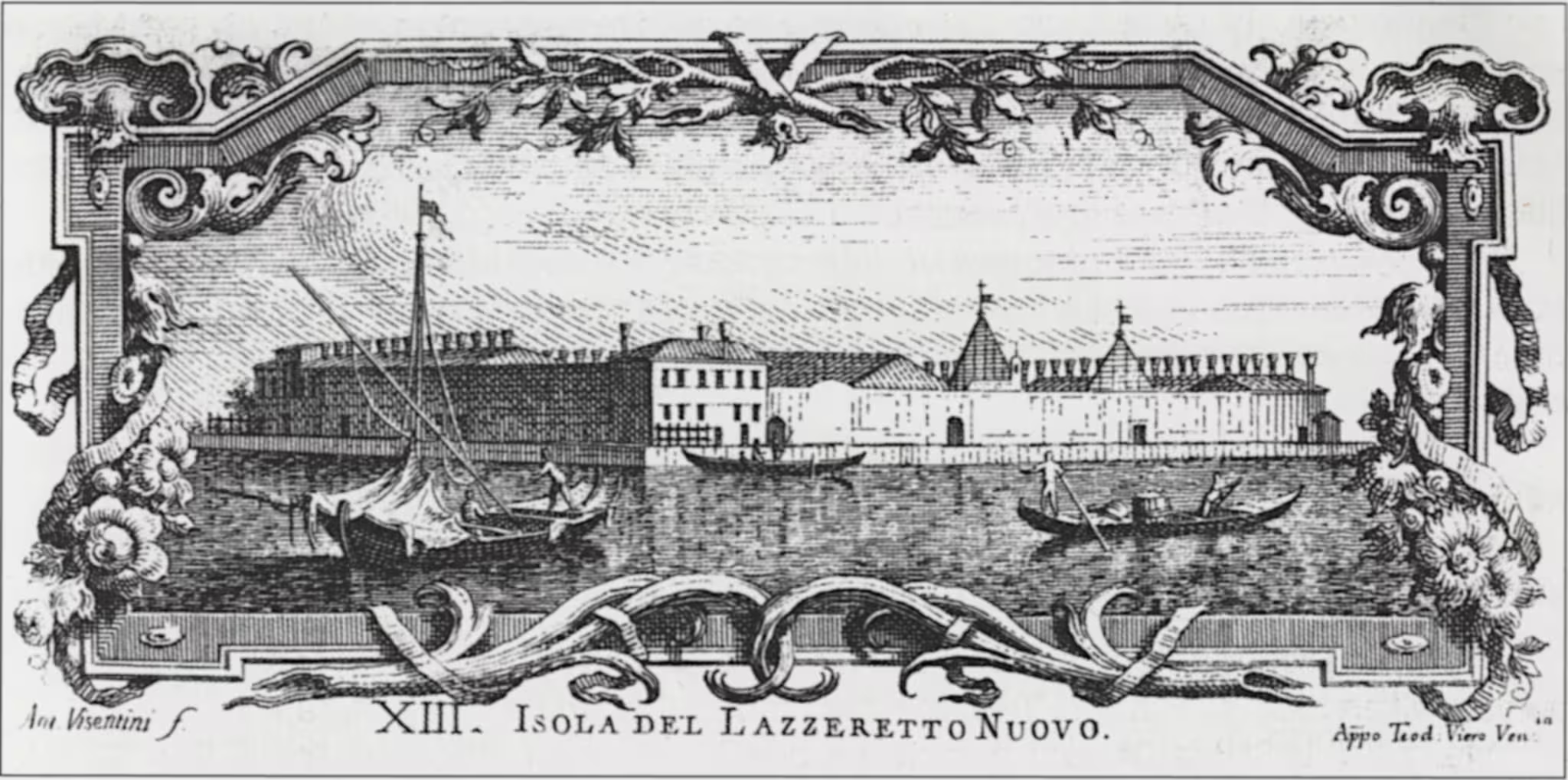Venice was an independent state for almost a millennium, but it might note have been. It all hinged on a single battle fought in the Venetian lagoon in 810.
In the 700s, it had been a province of the Byzantine Exarchate of Ravenna for a long time. However, long wars between the Exarchate and the Lombards had reduced the province to just a sliver of lagoon, called Venetia Marittima, between Grado in the north and Ravenna in the south.
In 751, the Lombards got the better of the Exarchate, when they took Ravenna and captured and probably killed the last Exarch. Then the Franks under Charlemagne appeared in northern Italy, and defeated the Lombards.
Between a rock and a hard place
Venice found itself in a precarious situation.
Formally it was still a part of the Roman Empire based in Constantinople, but Byzantium didn’t want to let Venice go. Venice was the only bit of territory in north-east Italy still under Constantinople. However, the empire was far away, and it had its own problems, such as the Arab conquest of the Levant and ensuing iconoclasm.
On the other side the Franks under Charlemagne had conquered all of northern Italy, except the lagoon area around Venice. When Charlemagne decided on how to divide his empire between his sons, he gave all of northern Italy, including Venice, to his son Pepin. Clearly, he had no plans of letting Byzantium keep that bit of coastline.
Divisions and infighting
The Venetian aristocracy was deeply divided.
Geographically, the elite was split between Eraclea and Malamocco where the doge had moved in 742.
Politically, they were divided between a filo-Frankish faction and a pro-Byzantine faction.
Power within the Venetian state-let shifted back and forth between the two factions, and political violence was commonplace. Quite a few doges ended up deposed, blinded and sent off to monasteries after armed opposition against their rule.
In 804, the pro-Frankish Obelerio degli Antenori became doge, and immediately appointed his brother Beato co-ruler.
The Patriarch of Grado, Fortunatus II, who the Byzantines had exiled earlier, had gone to Charlemagne’s court in Aachen. He came back with an offer of Frankish protection for Venice, and the two doges went to Aachen to pay homage to Charlemagne in 805.
Constantinople reacted by sending a navy to the upper Adriatic. Besides Venice, also the Carolingians had contested Byzantine ruler over Dalmatia on the eastern side of the Adriatic.
War in the lagoon
The Byzantine fleet attacked a Frankish navy at Comacchio south of Venice in 809, but didn’t prevail.
Obelerio and Beato appointed a third brother co-ruler to tighten their grip on power, which led to another armed rebellion in Venice. They called the Franks for help, and Pepin, son of Charlemagne and King of Italy, arrived with a flotilla that same year.
Pepin attacked and burned down the doge’s palace at Malamocco, then entered the lagoon to take Rialto (modern-day Venice city). The Franks and the Venetians fought a fierce naval battle just behind the island of San Giorgio Maggiore.
The site of the battle is with sight of the later St Mark’s area. More than 1200 years later, the name of the canals in the area are still Canale Orfano and Canale Orfanello — the Canals of the orphans — due to the many casualties of the battle.
The Venetians won the battle. Pepin had to withdraw and died of illness the following year. The three Antinori doges fled, and the Venetian elite elected the pro-Byzantine Agnello Partecipazio as the new doge. The balance of power between the two factions had tipped yet again.
The war had been an existential battle for the nascent Venetian state, but it had survived.
The settlement
However, Venice wasn’t yet a sovereign state, and a peace settlement depended more on what the two empires wanted than on the Venetians.
In 812, the Byzantine Empire and the Franks agreed to a peace treaty, called the Treaty of Aachen after the capital of Charlemagne, or the Peace of Nicephorus after the Byzantine emperor.
Venice and Dalmatia remained under Byzantine control, while the mainland stayed Frankish, consolidating the maritime direction of Venice.
Charlemagne had had himself crowned Emperor of the Romans in Rome in 800, which the Byzantines could not accept. They saw themselves as the uninterrupted continuation of the Roman Empire. In the end, Byzantium accepted that Charlemagne styled himself Emperor, but not Emperor of the Romans.
For Venice, the result was that the Byzantine faction won. Venice remained a close associate of Constantinople for centuries to come, and the future of Venice was very much in the east, trading on the Levant.
On a side note
The church of Torcello, founded in the 600s, was the seat of the Bishop of the lagoon area. The church has been through many changes, but today it appears Byzantine, with splendid mosaics inside.
A few years ago, when renovated over the roof, fragments of older frescoes appeared — Carolingian frescoes — a testimony to this turbulent period in the history of early Venice, when they couldn’t decide if they’d be a part of the east or the west.





Leave a Reply